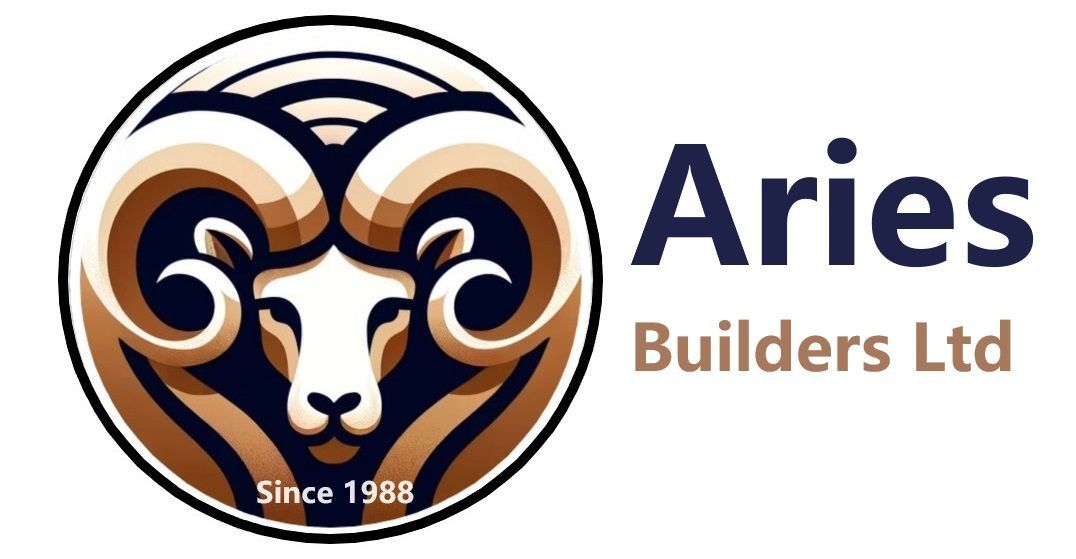Understanding Asbestos Removal Rules in NZ
What Homeowners Need to Know
Asbestos, once a prevalent material in New Zealand construction, is now recognized for its health hazards. Homeowners considering renovation or maintenance projects must understand the regulations surrounding asbestos removal to ensure safety and compliance.
Common Materials Containing Asbestos
Asbestos was widely used in various building materials due to its durability and fire-resistant properties. Common ACMs in New Zealand homes include:
- Vinyl Flooring: Some older vinyl floor tiles and their adhesives may contain asbestos.
- Fibrous Cement Sheets (Fibrolite): Used extensively from the 1940s to the 1980s for cladding and roofing.
- Roofing Materials: Corrugated cement roofing sheets, often referred to as "Super Six," and decramastic roof tiles.
- Gutters and Downpipes: Associated with asbestos-containing roofing materials.
- Ceilings and Linings: Textured coatings and linings may contain asbestos.
Legal Limits for DIY Asbestos Removal
In New Zealand, the Health and Safety at Work (Asbestos) Regulations 2016 stipulate that unlicensed individuals, including homeowners, are permitted to remove up to 10 square meters of non-friable (bonded) asbestos-containing material (ACM). Non-friable asbestos is typically found in solid forms where asbestos fibers are firmly bound within another material, posing a lower risk of fiber release when intact. For areas exceeding this limit, or when dealing with friable asbestos (materials that can be crumbled by hand pressure), engaging a licensed asbestos removalist is mandatory.
Process for Homeowner Asbestos Removal
If you plan to remove asbestos yourself within the permitted limits, adhere to the following steps to minimize health risks:
- Assessment: Identify and confirm the presence of asbestos in the material.
- Preparation: Isolate the area to prevent contamination. Inform household members and neighbors.
- Protective Equipment: Wear appropriate personal protective equipment (PPE), including a P2 respirator, disposable coveralls, gloves, and eye protection.
- Removal: Wet the material to suppress dust. Remove it carefully without breaking it. Avoid using power tools or abrasive methods.
- Cleanup: Use damp rags and HEPA-filtered vacuums to clean the area. Do not dry sweep or use compressed air.
- Disposal: Double-bag the asbestos waste in labeled, heavy-duty plastic bags and dispose of it at an approved facility.
Detailed guidance is available in the Ministry of Health's booklet, Removing Asbestos from the Home.
Health and Legal Considerations
While homeowners are legally allowed to remove limited amounts of non-friable asbestos, it's crucial to consider the health risks. Improper handling can release hazardous fibers, posing serious health threats. The Ministry of Health advises using WorkSafe New Zealand certified asbestos removers for such tasks.
Useful Resources
- WorkSafe New Zealand: Comprehensive information on asbestos management and removal. WorkSafe New Zealand
- Auckland Council: Local regulations and guidelines for asbestos removal.

